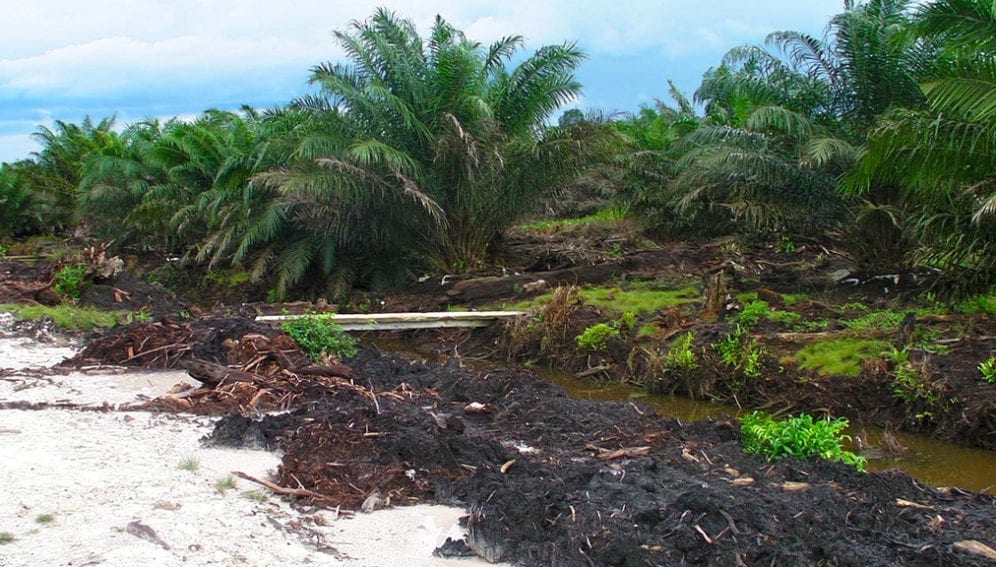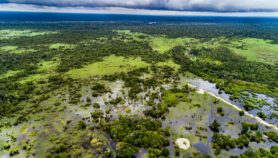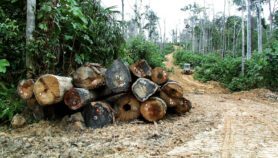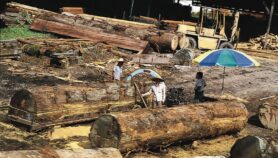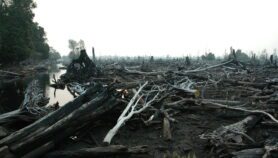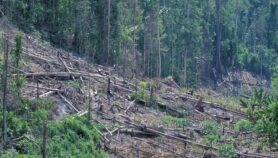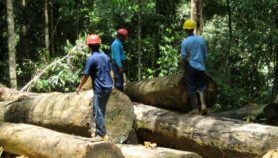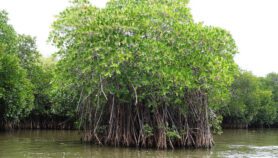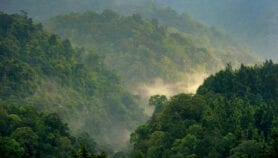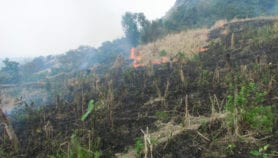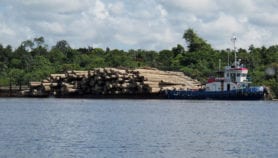Send to a friend
The details you provide on this page will not be used to send unsolicited email, and will not be sold to a 3rd party. See privacy policy.
[JAKARTA] Indonesia has taken first place for the highest rate of deforestation in the world, owing to land clearing mostly for oil palm plantations and other agro-industrial land uses, according to a new study published in Nature Climate Change (29 June 2014).
Using satellite images, the study found an accelerating rate of forest loss from 2000 to 2012 despite the moratorium on granting new licences for clearing or logging that was extended to 2015 by Indonesian President Susilo Bambang Yudhoyono to protect the country’s forest cover and biodiversity.
Over 12 years, Indonesia lost six million hectares of primary forests, an area half the size of England. About 40 per cent of the total forest loss occurred within protected forest lands, indicating that illegal land extension may play a significant role in the deforestation.
“The study mapped the intact forest landscape that included identifying all recent human activity, such as forest plantations, logging roads and other infrastructure developments,” says Fred Stolle, one of the study’s authors and a senior researcher from the World Resources Institute, an international research organisation on environment and development. “These data were then combined with primary forest mapping using satellite images, and followed up by onsite data verification.”
Matthew Hansen, another co-author and a professor in the Department of Geographical Science at the University of Maryland in the United States, says that while the study does not include the fate of the cleared forest, Indonesia’s expanding oil palm plantations are a “significant driver of forest loss”.
Erwinsyah, a scientist from the Indonesian Oil Palm Research Institute, a government agency, confirms the “spectacular growth” of oil palm fields in Indonesia. From 1985 to 1990, some 100,000 hectares of oil palm plantations were developed each year, accelerating afterwards to more than 200,000 hectares yearly.
Still, Erwinsyah, who like many Indonesians carry just one name, does not believe that oil palm companies are to blame for the loss of Indonesia’s primary forests.
“The sources of oil palm land extension are primarily from villagers’ lands that have been abandoned or from degraded forests that are now being used commercially,” he tells SciDev.Net.
He admits that some oil palm companies are “naughty” by not obeying the moratorium and are extending their land. ‘But that doesn’t mean that oil palm is the only suspect. There should be further study on this,” he argues.
But Hansen says otherwise: “We found an increasing patch size of clearings over the study period, reflecting greater presence of agro-industrial-driven forest loss.”
“We did not quantify the fate of the forest, though we know from other studies and anecdotally from the satellite imagery that oil palm is a significant driver of Indonesia’s deforestation,” Hansen tells SciDev.Net.
Link to abstract in Nature Climate Change
This article has been produced by SciDev.Net's South-East Asia & Pacific desk.


